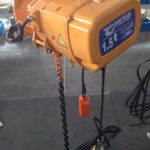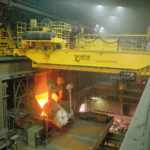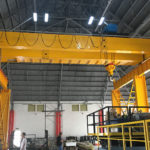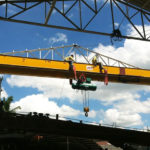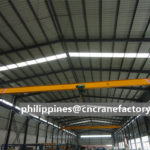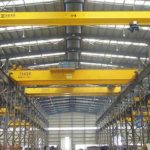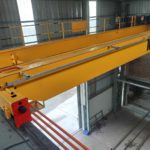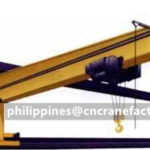Types of Overhead Crane for Cement Plant
Overhead cranes are available in a variety of configurations, each suitable for different applications. Here is a breakdown of the most common types of cement plants:
- Single Girder Overhead Crane: A lightweight and cost-effective option, single girder overhead cranes are ideal for handling lighter loads in areas with limited headroom.
- Double Girder Overhead Crane: Double girder overhead crane offers superior strength and stability to handle heavier loads, making it ideal for frequent lifting tasks.
- Underslung Overhead Crane: This space-saving under-suspension overhead crane is mounted directly on the beams of the building structure, making it ideal for situations where floor space is limited.
- Grab bridge crane: This specialized crane features a grab attachment for efficient loading and unloading of bulk materials such as clinker and raw materials.
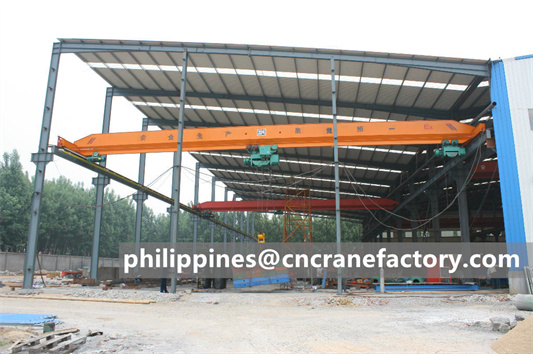
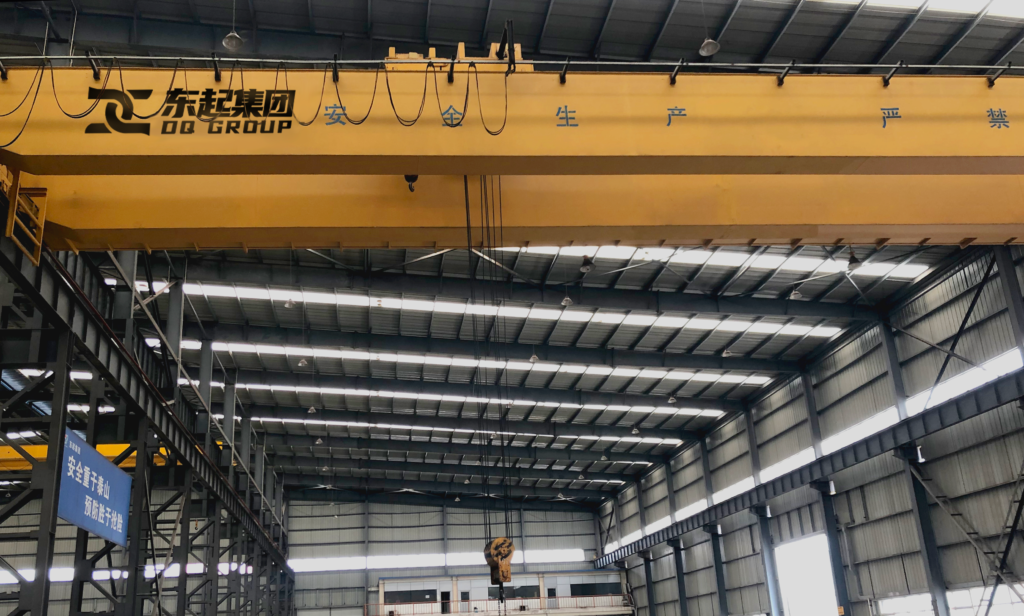
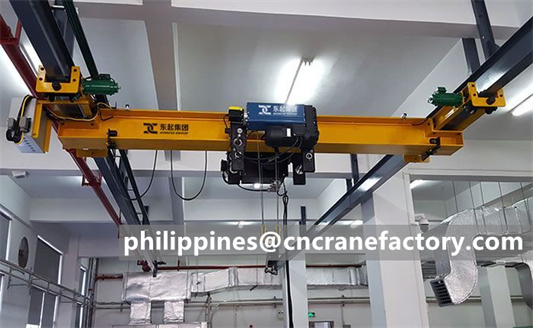
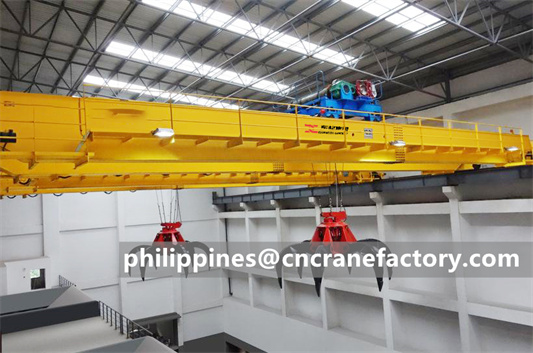
Advantages of Overhead Crane for Cement Plant
Bridge cranes offer many advantages to cement plant operations:
- Increased efficiency: Cranes move materials faster, significantly reducing turnaround times and increasing overall throughput.
- Improved safety: By eliminating manual lifting, cranes minimize the risk of workplace injuries associated with heavy materials.
- Precise handling: Cranes provide precise control of material movement, ensuring accurate placement and preventing product damage.
- Versatility: Overhead cranes can be adapted to a variety of applications within a factory, offering a high degree of flexibility.
How Does an Overhead Crane Work in a Cement Plant?
Overhead cranes are used throughout the cement production process. Here are some key applications:
- Raw material handling: Overhead cranes efficiently transport raw materials such as limestone, clay and iron ore from warehouses to crushers and grinders.
- Clinker Handling: After the raw materials are processed into clinker, cranes move it to storage silos or kilns for further processing.
- Finished product handling: Overhead cranes load finished cement products (clinker or cement) into trucks, railcars, or storage facilities.
- Maintenance and Repair: Cranes play a vital role in maintenance activities, lifting heavy machinery components for repair or replacement.
Overhead Crane Specifications | Choose the Overhead Crane for Your Needs
Choosing the right overhead crane for your cement plant requires careful consideration of the following factors:
- Lifting capacity: Determine the maximum weight that the overhead crane needs to handle. Analyze the heaviest load you will lift to ensure adequate capacity.
- Span: Measures the distance the crane needs to move horizontally. This will determine the span length required for the crane bridge.
- Lifting height: Consider the maximum height that the material needs to be lifted. This will determine the necessary lifting height of the overhead crane.
- Duty cycle: Evaluate how often the crane will be used. Cranes are classified by duty cycle (light, medium or heavy) to ensure they can handle the expected workload.
- Facility layout: Consider the physical constraints of the plant. Top clearance, support structure and available floor space all influence overhead crane selection.
- Future demand: Forecast potential future demand. Choosing a crane with a slightly higher capacity or span can provide expanded flexibility.
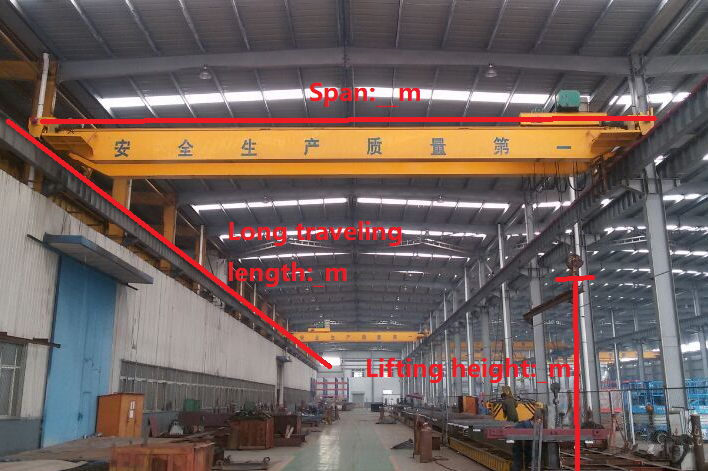
Maintenance of Overhead Cranes for Cement Plant
- Daily Inspections: Perform visual inspections daily to identify any signs of wear, damage, or leaks. Check for any loose bolts, cracks or unusual noises.
- Weekly Inspections: Perform a more detailed weekly inspection focusing on critical components such as brakes, wheels and electrical connections. Lubricate parts according to the manufacturer’s recommendations.
- Monthly Inspections: Schedule monthly inspections by qualified personnel to assess the overall condition of the crane. This may involve checking runway alignment, lift functionality and control systems.
- Regular Records: Keep detailed records of all inspections, repairs and maintenance performed on the crane.
Innovations in Overhead Cranes for Cement Plant
- Smart cranes: The integration of sensors and data analytics can enable “smart cranes” to monitor their performance, predict maintenance needs and optimize lifting operations.
- Remote operation: Remote operation of cranes allows the operator to control the crane from a safe distance, providing greater flexibility and improving safety, especially in dusty or hazardous environments.
- Improved safety features: Advances in anti-collision systems, load sway control and automatic hoist path optimization can further improve the safety of cement plant operations.
Come and Get a Free Inquiry
Our Yuantai Crane Company has been exporting overhead cranes, gantry cranes, jib cranes and electric hoists to the Philippines and other Southeast Asian countries as well as countries around the world for more than ten years. We have very rich experience and a green crane manufacturing industry chain. contact us to get free crane solutions and free quotations, and look forward to our friendly cooperation!
